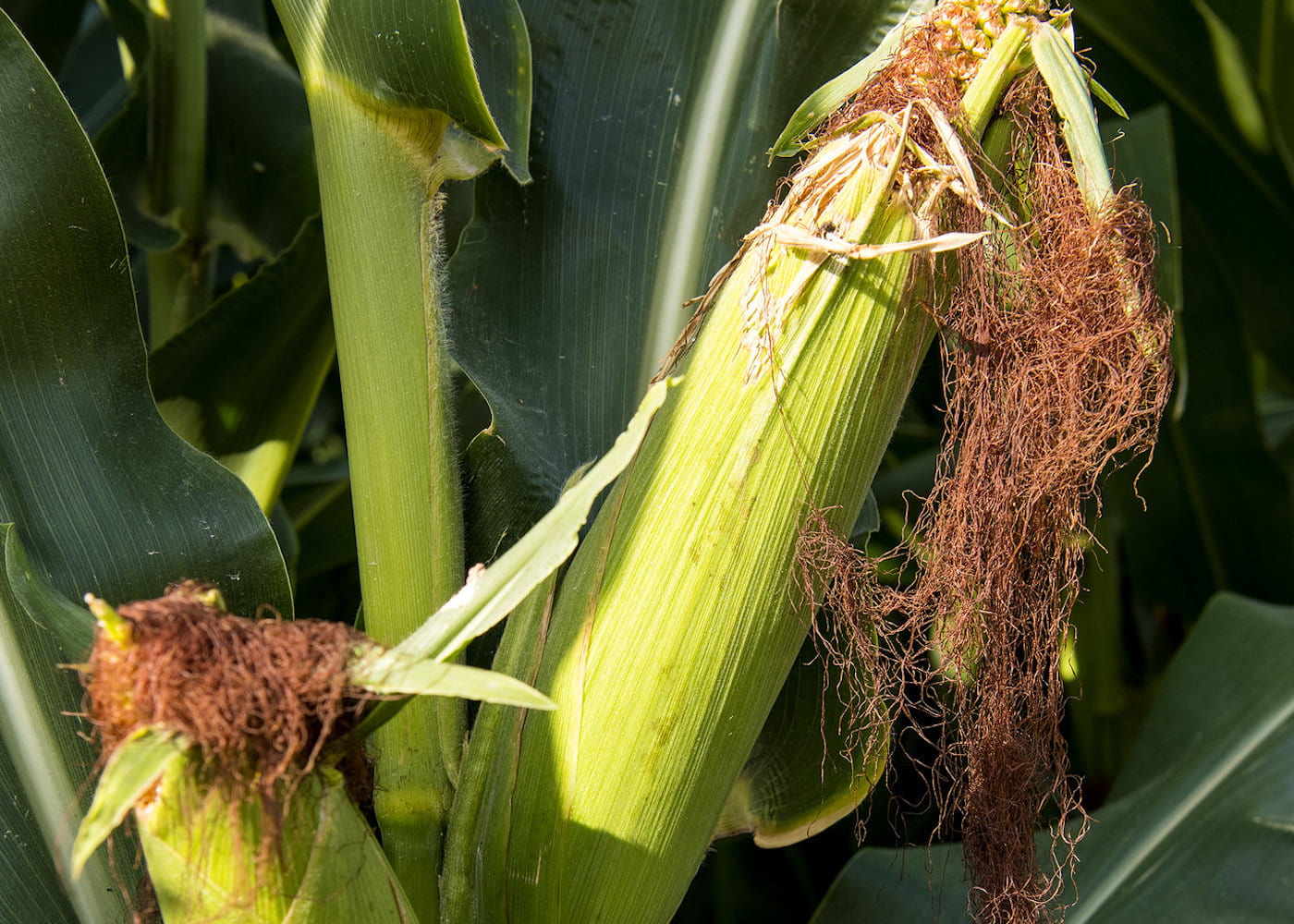Stubborn Foodborne Pathogens in Raw Pet Foods Prompt Aqueous Ozone Study

Ozone can be a powerful and safe sanitizer when infused in water for food processing. However, a recent study looking at ozonated water’s ability to clean raw vegetables commonly used in raw meat-based pet foods found that the sanitizing effectiveness is variable depending on how it is applied, and on what foods. While ozonated water, also called aqueous ozone, proved to be effective at preventing cross-contamination of foodborne pathogens in recirculating water tanks, it did not meet industry standards in eliminating foodborne pathogens on rough-surfaced raw vegetables when sprayed with or immersed in the solution. This study contributes to the body of knowledge and offers guidance on future studies with aqueous ozone to reduce foodborne pathogens.
The Problem
Raw meat-based diets for pets can pose microbial food safety risks from the raw vegetables that are mixed in with the raw meat.
According to a previous study, it has been reported that up to 35 percent of sick pet visits to veterinary clinics are due to salmonellosis, a disease caused by the foodborne pathogen Salmonella, likely transmitted through contaminated raw pet food. The study also states that some human cases of salmonellosis have been linked to contaminated raw pet food.
Listeria also remains a stubborn foe for raw pet food makers. The bacterium has been shown to resist harsh processing conditions and modified atmospheres. Cooking temperatures kill the pathogen, but raw food processors are focused on limiting thermal activity to preserve flavors. Even with high-pressure processing and frozen storage, raw pet food makers have been unable to reduce Listeria as much as other harmful foodborne pathogens like Salmonella and Shiga toxin-producing E. coli, also known as STEC.
The Work
An Arkansas Agricultural Experiment Station study tested two different methods of using ozonated water to treat raw vegetables that are commonly found in raw meat-based pet food.
Ozone, the same gas in the stratosphere protecting Earth from ultraviolet radiation, comprises three oxygen molecules. While harmful to humans and animals if airborne, when dissolved into water, it is a safe sanitizer that can nearly eliminate bacteria without leaving a harmful residue.
Kristen Gibson, professor of food safety and microbiology and director of the Arkansas Center for Food Safety, conducted a study as a third-party evaluator for a raw pet food maker in Arkansas to measure the ability of ozonated water — also called aqueous ozone — to control foodborne pathogens on raw vegetables commonly used in raw-meat-based pet foods.
Researchers evaluated carrots, sweet potatoes and butternut squash with two aqueous ozone treatments. The treatments included immersion batch-washing, which submerges the vegetables into a tank of aqueous ozone, and spray treatments of aqueous ozone through a nozzle at 15.5 pounds per square inch of pressure.
The research team collected data on the level of foodborne pathogens left behind after treatments with aqueous ozone. They analyzed the differences in results from the rough-skinned vegetables and the smooth-skinned butternut squash.
A secondary goal was to confirm aqueous ozone’s ability to reduce cross-contamination in recirculating water tanks. Water samples were collected for analysis after each treatment and processed for analysis by vacuum filtration to collect foodborne pathogens on membrane filters.
The Results
The researchers concluded that batch-washing with aqueous ozone at five parts per million for 60 seconds was no different than washing the vegetables in plain water. Higher ozone concentrations in water, with longer exposure times, have been shown to damage the appearance of physiological properties of carrots, the study noted.
The spray-wash treatment used in the study was more effective at reducing the pathogens and nearly reached industry standards on the smooth-skinned butternut squash. Gibson said the water friction assisted in dislodging the bacteria from the outer surface of the vegetables, allowing for inactivation by ozonated water.
Yet still, the rough-skinned carrots and sweet potatoes could not be sanitized to industry standards with either of the two ozonated water treatment. Vegetables with rough surfaces have a higher chance of harboring pathogens, and there is a higher chance of root vegetables being contaminated due to the potential colonization of pathogenic bacteria within the root zone, Gibson explained.
The Value
The practice of feeding raw meat-based diets to pets has been increasing steadily worldwide. As the meat, fruits and vegetables used in the foods are not thermally processed, there is an increased risk of contamination with pathogenic bacteria. Studies analyzing aqueous ozone’s efficacy to decrease pathogens on root vegetables, tubers and winter squash are very limited. The Arkansas Agricultural Experiment Station study filled a gap on knowledge and offers guidance on future studies with aqueous ozone to reduce foodborne pathogens.
Note: Mention of these companies does not represent a product endorsement. The U.S. Food and Drug Administration has not formally reviewed the study. It should not be construed to represent agency determination or policy.
Read the Research
Aqueous Ozone Efficacy for Inactivation of Foodborne Pathogens on Vegetables Used in Raw Meat-Based Diets for Companion Animals
Journal of Food Protection
Volume 86, Issue 11 (2023)
https://doi.org/10.1016/j.jfp.2023.100175
Supported in part by
Instinct® Pet Food, Recycled Hydro Solutions, and the U.S. Department of Agriculture’s National Institute of Food and Agriculture.
About the Researcher

Kristen Gibson
Professor of Food Safety and Microbiology
Director, Arkansas Center for Food Safety
Ph.D., Environmental Engineering, Johns Hopkins University, Baltimore
B.S., Microbiology, University of Central Florida, Orlando




